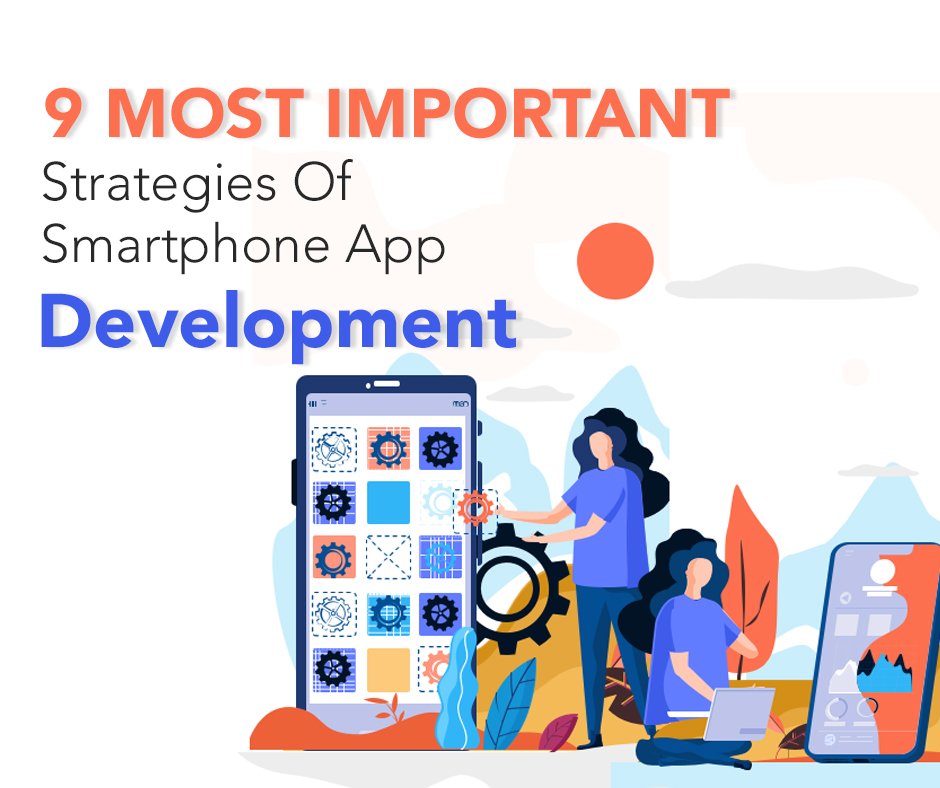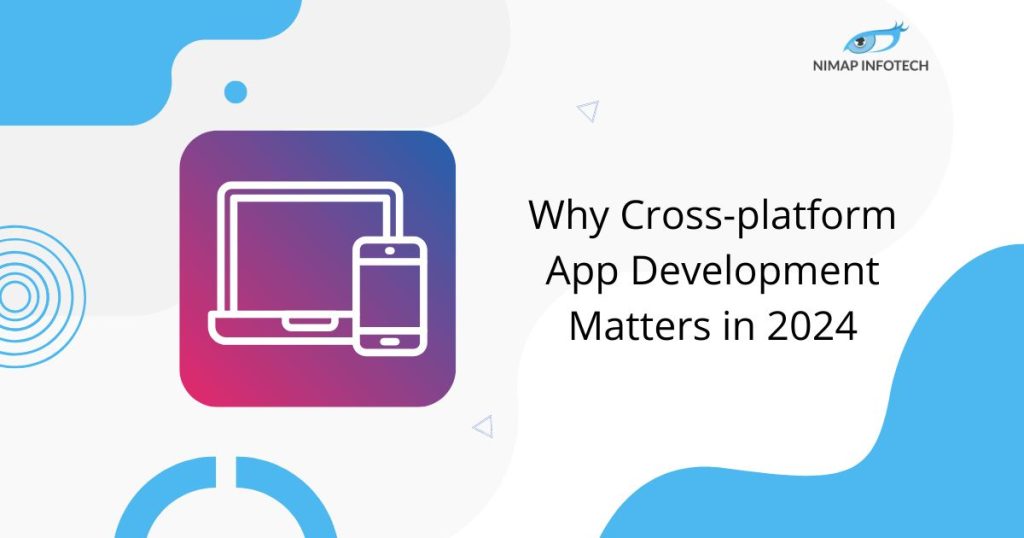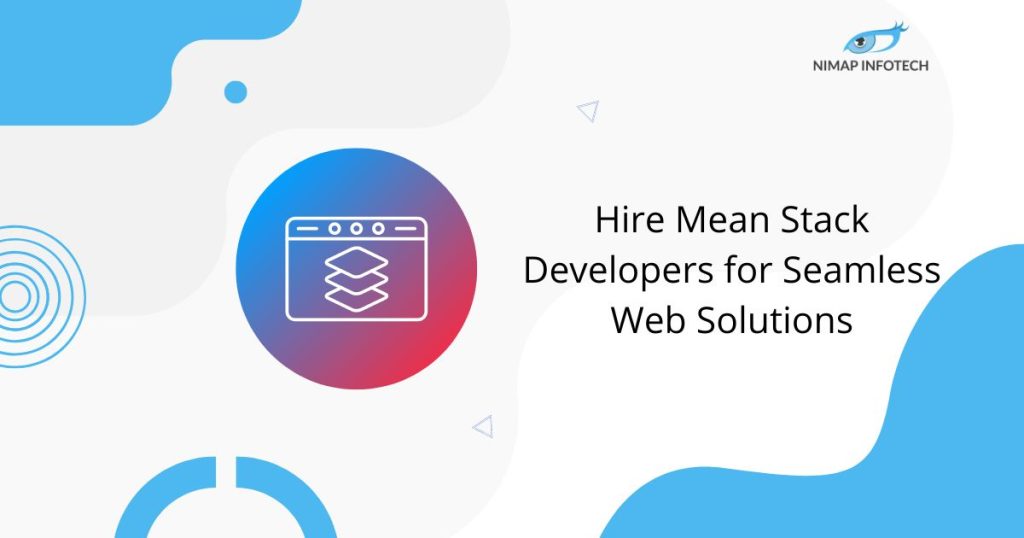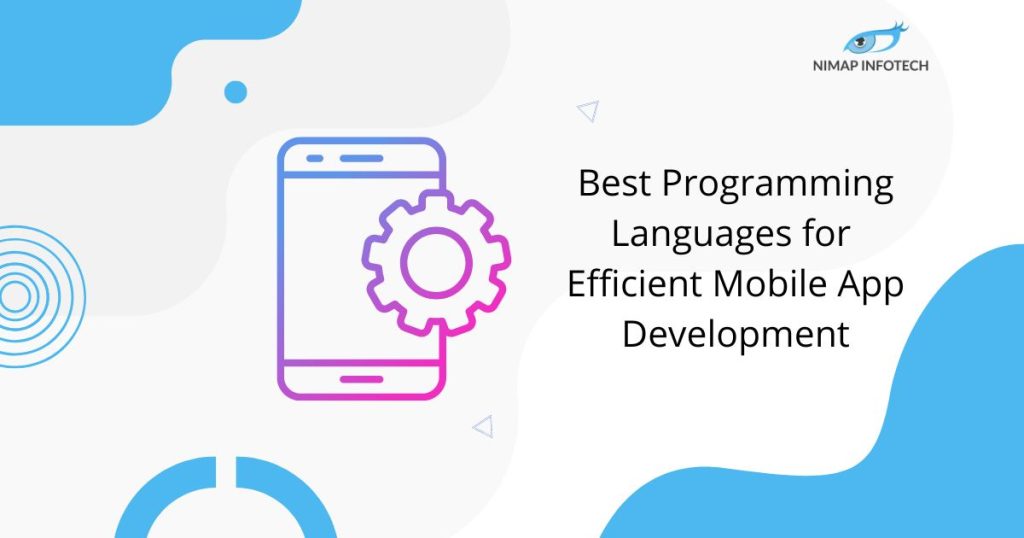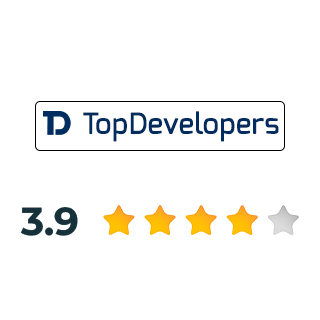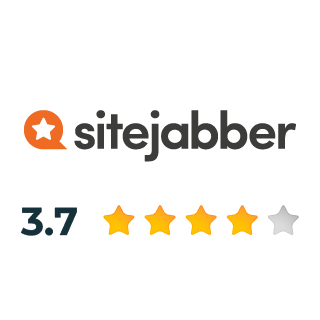[yasr_overall_rating] Over 487 people have rated [5/5]
Mobile phones or namely smartphones have become an essential tool that is necessary in order to conduct different kinds of businesses. From transportation till the retail operations, marketing, hospitality, healthcare, education and manufacturing and more are harnessing the power of mobile apps on this developing innovation. With the quantity rising day by day, clients who associate with mobile devices, there has been an exponential growth and development in the field of innovation as well as application improvement, user-friendliness, and troublesome advancement.
Mobile applications have mostly been preferred by many business leaders. The primary goal behind developing a business mobile app is to be able to maximize business reach and have a higher amount of user engagement. The most effective as well as an efficient way is to be able to reach your target audience where they like to spend most of their time on. Here smartphones play one of the most crucial roles in both customer acquisition as well as interaction.
Smartphones, as well as mobile applications, provided entrepreneurs with a wide and a great opportunity in order to drive their business in a forecasted and a predicted way. Some businesses even rely upon applications for the entire running of their company. For example, businesses like ShinePay use the basis of an app for payments taken for your laundry at laundromats, instead of having to use cash. Businesses are finding new and innovative ways to use applications, like this laundry idea, every day.
A mobile application that is used for business purposes is not just technological innovation. You surely need business knowledge as well as skills in order to develop a highly engaging and user-friendly application. In this blog, we are going to enlist a few main points that every business owner or app developer should keep in mind when developing mobile apps for business.
1) Platform selection:
The basic idea that goes into developing a mobile app is to be able to reach the vast majority of the audience. The platform plays a pivotal role while building a mobile app. Before choosing a platform, you need to analyze the country that you’re targeting, the age group of your target audience and so on. For example, if you’re aim is to target the US market, then you should mainly focus on iOS and then Android, these two platforms are heavily used in the US. You can give little importance to the windows.
One of the most important things that you should consider before developing your mobile app is that initially on how many platforms do you wish to launch your mobile app. Because it is always good to become a master of one platform then you can venture into other platforms.
In order to select the best platform for your mobile app, you need to ascertain some things such as app branding, target audience, app features, as well as the pricing strategy. After deciding these things you should consider the development methodology for your business app, Native, Mobile Web, or Hybrid. Native apps have numerous advantages but it can be slightly more expensive.
2) Native or Hybrid:
Native apps are mobile applications that have been developed precisely for a specific platform or a mobile operating system. For iOS, Swift is being used and Java for Android. As the native apps are made especially for a particular platform, they are able to take advantage of the operating system functions. It has the ability to use device-specific hardware and software functionalities, and it is able to use the latest technology made available to mobile devices such as GPS, One-touch pay, camera, as well as the fingerprint functionalities.
On the other hand, hybrid apps are nothing but a combination of native and web apps. It is nothing but an application that can be deployed in various operating systems such as Android, iOS, and Windows, and can even be run on major browsers, such as Chrome, Opera, Firefox, Safari, and IE. It uses the principle of write once, deploys everywhere.
Hybrid apps are cross-platform and these apps can be distributed between app stores swiftly and immediately without several versions. Most of the hybrid apps are developed using cross-compatible technologies such as HTML5, CSS3 and jQuery Mobile, Titanium, Phone Gap as well as JavaScript.
Both types have their own advantages as well as disadvantages, Going forward with a naive approach can be costly or expensive, and time-consuming at the same time. It is able to give a faster and more fluid user experience. Comparatively, going with a hybrid approach can cut your app development costs and shorten the development time considerably, but the mobile app developers will have to play around with the disadvantages. So before you choose native or hybrid you should look into the preferences as well as priorities and then choose the one that most suits your needs.
3) Backend:
This is also a preferred choice when it comes to developing a mobile app. The majority of the apps that are launched today are API driven. At the same time, not all the apps that you develop would require a custom backend and can also connect to mobiles using APIs. Your developer can handle the entire app with a local database, as well as these apps do not require any kind of backend support. From a developers point of view, you should analyze the need for a backend and keep the constraints such as cost and time in mind in order to set up a back end and take a decision.
4) Mobile Analytics:
Analytics is a very important part of any kind of technological innovation. There is a need for a tool to check how things are working. But when it comes to mobility, analytics is yet to be used in full capabilities. If your organization chooses to implement analytics, you need to keep in mind that it should be related and relevant to your business goals and can help you to understand the performance of your business app. Mobile analytics can be captured for the enhancement and understanding of better user interaction as well as engagement.
The overall experience can be strengthened vastly and the functionalities can be modified and enhanced. Before you begin to implement analytics, you should have a clear understanding of what kind of data you want to track as well as the store. You have to plan it well ahead of the development time during the development phase so that analytics can provide you with the right results every time.
Read More: 10 Challenges in Building Mobile Applications
5) UI / UX design:
You should not ignore this aspect before you start developing the app, doing this will make your app a failure. UI/UX is holding a strong role in today’s mobile app world. This is so important that the entire fate of the app resides on this objective. You should be able to understand the difference between UI and UX. UI is the interface design and UX is the user experience for using the app. A good UI with a poor UX will not work for you. This part of the business app development is very important because 99% of the user will not return to the app if they have a poor experience when using your app.
User experience is an increasingly important feature when you use the digital landscape. An app defines how the user thinks and feels about your business. It is about making something valuable, easy to use and effective for your target people. You should not make the app confusing to use or complicated.
A well-thought smartphone application should be able to offer seamless user experience and this can translate into several user benefits. The functionality and the content that is used by the app must be on the same page with your target audience. The end product must be a superior quality customer service. If your app is unable to provide excellent user experience, it can harm your brand image.
6) Target Audience:
Identifying your app users is very important and crucial for your business.
You should always remember to focus on your audience when you are creating the app. Factors such as the country which you are about to target, the age group of your target audience, gender as well as the interests of the people should be widely considered for the app design.
For example, if you’re developing a shopping app, you should put more pictures and illustrations and less content. This will help to get a connection to your app. Even if the app is very much sound technically, the long term success depends upon how much satisfaction a user gets from the app.
Questions like which audience will be using my app and how it can add value to their lives should be asked before you start developing the app. If you are able to meet the expectations of the users, then definitely your app is going to rise in popularity and will help you to get more revenue
7) Competitor App Analysis:
It is always beneficial to see what your competitors are giving. Try to use similar apps that you want to develop for your business needs as well as think and analyze as a user. You will get to know what your customers expect from you. It is always useful to provide an extra feature or an enhanced version of the feature for the users instead of what is available in the market. There are literally hundreds and thousands of apps available in the market from which you can pick up the top 10 apps from your competitors and analyze them fully. Once you should get to know what your competition is providing you can plan on improving your app. Going that extra mile can be the deciding factor.
8) Development method and guidelines:
There are certain fixed development models and methods that you need to follow and abide by. The app development method usually depends on the quality of information that you have in hand before you start to develop your app. It is always beneficial to follow an agile methodology of development when you have an overall picture in your mind about what you are going to put in your app. The agile method usually involves a certain number of iterations before you arrive on the end result for your product. If your requirements are very clear then you can use the waterfall method.
You must abide by and follow all the guidelines of the specific platform that you have chosen, if you follow the same approach for multiple platforms, then it is not going to work out. You need to put your placement buttons in the right place as per the guidelines. If you fail to put it in the right place, then it can have a negative impact on the user experience.
9) Size and Screen Density:
An application is designed in a manner such that it is able to fit on your screen. There can be subtle differences in the screen size. In some instances, it may be hectic to make sure that the app fits your screen well. Some of the popular screen sizes are 1920 X 1080, 1200 X 768, 1280 X 720.
Know More: 5 Security Issues While Developing Android Apps
Conclusion:
Today around 2 billion people are using smartphones. This number is expected to rise to 4 billion by 2020. The number of mobile devices is more than PCs and around 70% of people spend their time browsing on the apps. The opportunity is huge and the market is large, so when developing an app for your main business you should keep the above points in mind.
If you’re looking to hire android developers or hire iOS developers for your smartphone app then do contact us. We have the most experienced professionals on board who are ready to assist you in developing your smartphone app.
